The Fashion Design Process: A Complete Step-by-Step Guide
Introduction
Ever looked at a stunning outfit and thought, “How did someone even come up with that?” Fashion design might seem like magic, but behind the glamour lies a detailed, multi-step process. It’s more than just sketching a few dresses and sending them down a runway—it’s research, storytelling, craftsmanship, and a whole lot of hustle. Whether you’re just curious or seriously considering a career in fashion, let’s pull back the curtain and walk you through the full fashion design process—from idea to finished product.
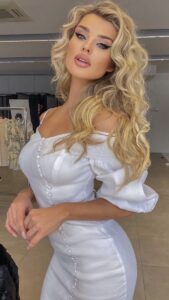
The Creative Journey of Fashion Design
The Fusion of Art and Function
Fashion design is where imagination meets everyday wearability. It’s not enough for clothes to be beautiful—they need to fit, move, and function in real life. That’s what makes fashion such a unique art form. You’re creating something that people live in, something that speaks and feels.
Inspiration: Where It All Begins
Every collection starts with a spark. Designers draw inspiration from everywhere—architecture, music, emotions, history, street style, or even a passing conversation. It’s about noticing the world and translating it into something wearable. This stage is raw, exciting, and deeply personal.
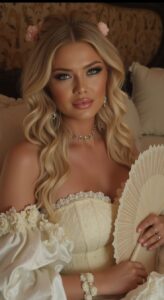
Step-by-Step Breakdown of the Fashion Design Process
Let’s unpack the stages that bring a single design from idea to reality.
1. Research & Trend Forecasting
Before you even touch a pencil, you need to understand what’s happening in the world of fashion.
Identifying Market Needs
Who are you designing for? Teenagers? Working moms? Festival-goers? Understanding your audience helps you create designs they’ll want to wear.
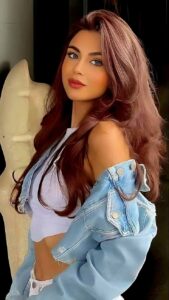
Using Fashion Forecasting Tools
Services like WGSN and Trendstop predict future fashion directions—colors, fabrics, and silhouettes. These insights help you stay ahead of the curve, not behind it.
2. Concept Development
This is where vague ideas start to take shape.
Mood Boards & Concept Boards
Designers create mood boards filled with images, textures, quotes, and colors that reflect their vision. It’s like building a visual diary for the collection.
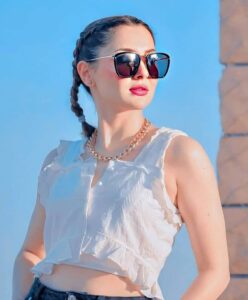
Storytelling Through Design
A strong collection tells a story. Maybe it’s inspired by 70s glam, the ocean’s mystery, or a protest movement. This narrative guides every design decision moving forward.
3. Fabric Selection
The fabric makes or breaks the design—literally.
Fabric Functionality vs. Aesthetics
The material you choose affects how a garment looks and feels. Silk flows, denim holds structure, and jersey stretches. Choosing the right fabric is part science, part instinct.
Sustainable and Ethical Sourcing
Many modern designers prioritize eco-friendly materials. Organic cotton, recycled polyester, and deadstock fabrics are now mainstream choices for reducing environmental impact.
4. Sketching the Initial Designs
Now it’s time to bring your ideas to life on paper—or tablet.
Hand Sketches vs. Digital Sketching
Some designers love the feel of a pencil on paper, while others go digital with apps like Adobe Illustrator or Procreate. Either way, sketching is where your vision becomes visible.
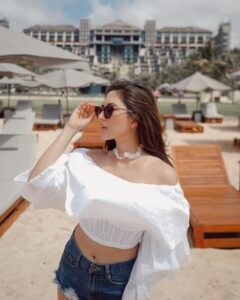
Technical Drawings and Flats
These aren’t your standard fashion sketches. Flats are detailed, to-scale drawings that show every seam, zipper, and button placement—essential for production teams.
5. Creating the Tech Pack
If sketches are your visual pitch, the tech pack is your instruction manual.
What’s Inside a Tech Pack?
Measurements, construction details, stitching guides, fabric specs, and more. This document ensures your design is made exactly the way you intended.
Communicating with Manufacturers
Clear communication is everything. A strong tech pack reduces confusion and saves time, money, and headaches during manufacturing.

6. Pattern Making
This is where 2D becomes 3D.
Manual Pattern Drafting
Old-school, but still widely used. Patterns are hand-drafted using measurements, rulers, and a lot of patience.
Digital Pattern-Making Software
Tools like Gerber and CLO 3D let designers create accurate patterns faster and simulate how garments will fit on a body.
7. Draping and Prototyping
Now things get tactile.
3D Forming and Mannequins
Draping involves placing fabric on a mannequin to see how it flows and fits in real space. It’s a chance to adjust the design in a hands-on way.
First Samples and Toile Creation
A toile (or muslin) is a rough draft of your design, usually made from inexpensive fabric. It’s your test run before using your final materials.
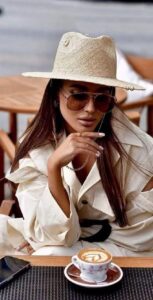
8. Garment Construction
Let’s bring it all together.
From Prototype to Final Piece
Once your prototype gets the green light, it’s time to cut and sew the final garment using your chosen fabrics.
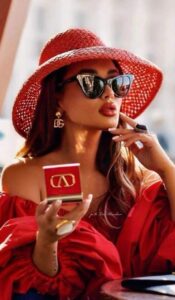
Quality Control Measures
Stitch by stitch, every piece is checked to ensure it’s made to spec. Quality control is critical to delivering a product that lasts and fits properly.
9. Fittings and Adjustments
Even the best designs need a little tweaking.
Model Fittings
Try the garment on real people to see how it moves and fits. You may notice issues you didn’t see on the dress form.
Tailoring to Perfection
Minor adjustments—taking in a seam, shortening a hem—make all the difference between “almost there” and “absolutely stunning.”
10. Final Presentation
The big reveal!
Portfolio Showcases
Design students and freelancers often showcase their work through portfolios, both physical and digital. It’s your resume in visual form.
Runways, Lookbooks, and Campaigns
Larger brands might organize runway shows, produce lookbooks, or launch marketing campaigns. This stage is all about showing the world your collection.

The Business Side of Fashion Design
Great designs don’t mean much if they don’t sell. Designers often work closely with sales teams, buyers, and marketing pros to make sure their creations reach the right people. It’s essential to understand pricing, production timelines, and market positioning.
Evolving Trends in the Fashion Design Process
The world of fashion is changing fast.
Digital Fashion and Virtual Fittings
Virtual clothing is booming—yes, you can design an outfit that only exists online. And virtual fitting rooms help shoppers see how clothes will look before they buy.
AI and Fashion Technology
AI can now predict trends, suggest design variations, and even automate parts of the sketching or pattern-making process. The future of fashion is smarter than ever.
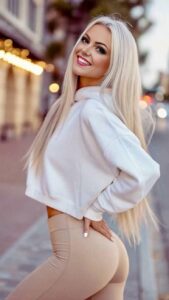
Conclusion
Fashion design is far more than meets the eye. It’s a journey of creativity, skill, and patience—from the first flicker of inspiration to the final stitch. Whether you’re dreaming of your brand or just exploring your creative side, understanding this process is your first step toward turning ideas into reality.
FAQs
1. What qualifications do I need to become a fashion designer?
You don’t necessarily need a formal degree, but studying fashion design gives you the technical skills and industry knowledge you’ll need to succeed.
2. How long does the fashion design process take?
It depends! A single garment might take a few days, while a full collection can take several months from concept to runway.
3. Can I start designing fashion without a degree?
Yes, many self-taught designers have achieved great success. Focus on building a strong portfolio and gaining experience through internships or your projects.
4. What tools do fashion designers use today?
Common tools include sketchpads, fabric scissors, dress forms, and software like Adobe Illustrator, CLO 3D, and pattern-making platforms.
5. How important is sustainability in fashion design?
It’s becoming essential. More consumers want ethically made, eco-friendly clothes, so sustainable practices are a big part of modern fashion design.
